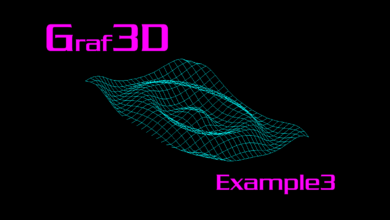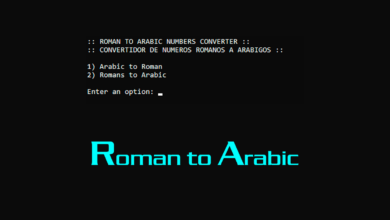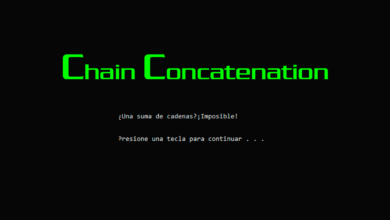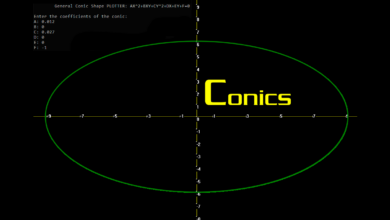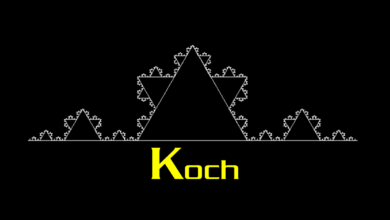C++ Programming GalleryMath and others
Numerical Methods for Solving Ordinary Equations – ODEs in C++

An ordinary differential equation – ODE, is solved using the following numerical method algorithms, coded in C++ language:
Euler
- Modified Euler
- Predictor-Corrector
- Runge Kutta (Order2)
- Runge Kutta (Order4)
Developed by:
YACSHA – Software & Desing, since 1999, Lima – Perú
The World of Chaos – EL MUNDO DEL CAOS – Unlimited Programming
You can DOWNLOAD the SOURCE CODE and executable software for FREE from here:
Numerical Methods for Solving Ordinary Equations – ODEs (1491 downloads )Join The World of Chaos Developer Community😃
Contribute to the project on Github!HISTORY
Version 2 – 04-IV-2024
- Code is updated and improved
- Merges all numerical methods that solve differential equations in a single file
- Porting to VC++ 2017
- Translate functions name
- Change float variables to double
- The function y’ = f(x,y) is unified into a single function that is reused in all methods
- Unused variables are eliminated
- The ModifiedEuler and Predictor_Corrector method is corrected
- Order 4 Runge Kutta method added
- A menu is added in text mode to select the numerical method to use in the solution
- Unnecessary files are removed
- The code is modernized, converting it into the CNumericalMethodsSolvingODE class
- Traces of old C function fabs, etc… are removed and replaced with their modern equivalents
- The maximum width at which a menu box can be created is increased
- Change project name to SolvingODE
- Comments are translated from Spanish to English
- Credits are added
- The visualization of the x and y calculation tables is improved, in each method, always showing the values in the range [a, b]
- A chronometer is added to measure the time that each method takes, and the seconds that each method has taken to process the solution are shown, in order to obtain a point of comparison between the efficiency of the algorithms.
- The ShowSolutions method is added to display the solutions after the numerical method algorithm code has finished. In such a way that the time of each algorithm can be measured correctly and
then display the results on the screen. - The FormulaParser library is added to define an ODE y’=f(x,y) from a text string entered by the user, and in this way the user will be able to customize the ODE equation that will be solved by the numerical methods implemented.
- Added ExampleOfUse to the “Enter ODE: y’ = f(x,y)” option, to inform the user how to enter the formulation of the mathematical function
Version 1 – 30-XI-1999
- First version for Borland C++ 3.1 and Turbo C 3.0

